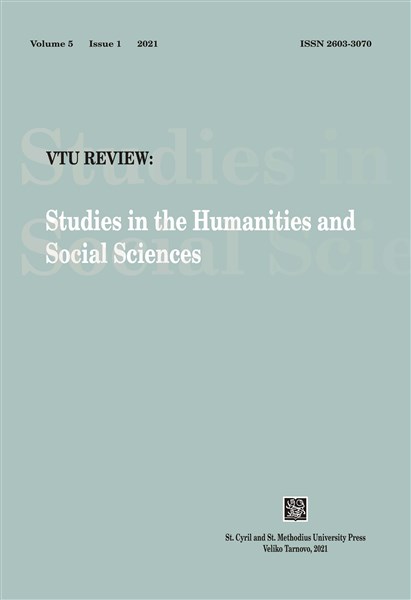(Self-)Portrayals of Mixed Cultural Identities in the Works of Emily Carr and István Fujkin
(Self-)Portrayals of Mixed Cultural Identities in the Works of Emily Carr and István Fujkin
Author(s): Krisztina KodóSubject(s): Social Sciences, Literary Texts, Fine Arts / Performing Arts, Music, Visual Arts, Fiction, Sociology, Novel, Sociology of Culture, Sociology of Art
Published by: Великотърновски университет „Св. св. Кирил и Методий”
Keywords: Canadian art; Emily Carr; István Fujkin; Native Canadian cultural symbolism; nature symbolism; national identities
Summary/Abstract: The article examines the work of two artists, Emily Carr (1871 – 1945) and István Fujkin (1953), focusing on Carr’s early and mature “Indian paintings,” and Fujkin’s “Blue Owl” series, completed between 2001 and 2005. The paintings chosen from among Carr’s works are thematically linked to Klee Wyck (1940), her first fictional work describing her travels and experiences with the First Nations People in British Columbia. Though the two artists come from different cultural backgrounds, since Carr was descended from English immigrants and Fujkin is a Hungarian born in the former Yugoslavia, there are similarities in their work. Both artists depict work across time and make use of transnational imaginaries of nature and Native Canadian cultural symbols that ultimately function as a bridge between Native and western culture. Fujkin’s talent lies in his ability to “paint the music” composed and performed by Canadian Mohawk musician Robbie Robertson. Emily Carr’s paintings offer images of her visionary world that transcends cultural identities and provides an insight into nature infused with spiritual and magical elements.
Journal: VTU Review: Studies in the Humanities and Social Sciences
- Issue Year: 5/2021
- Issue No: 2
- Page Range: 168-181
- Page Count: 14
- Language: English

